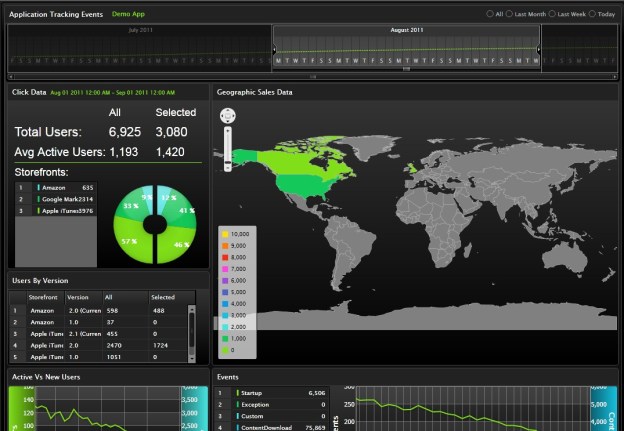
With iOS 5, Apple has told developers that it will be eliminating the collection of unique device identification numbers (UDIDs) because of concerns over privacy. This number has been vital for ad networks and developers to help track users if they click on ads or move between apps. Its elimination has caused a stir in the app community. WDA believes it has developed a solution to this problem.
Today, WDA, which has been in the mobile apps and services space for 10 years now, has announced AppTracker, a way to track mobile users safely and anonymously, without using UDIDs.
“App publishers also need to know that the tools they use to run their businesses do not run afoul of users’ right to privacy,” said Konny Zsigo, president and CEO of WDA. “That is why we have designed our products from the very beginning to absolutely ensure privacy and anonymity for users.”
But AppTracker actually solves more than one big problem. WDA representatives tell us that it is also the first system that enables real time click-to-install logging of app downloads that originate from a mobile ad, regardless of whether the user came from a web ad or in-app ad. AppTracker can track users as they travel back and forth from mobile websites and apps. Marketing a smartphone app has always had an Achilles heel: you can track mobile web ads using cookies and you can track in-app ads with UDID (unique device ID), but there was no good way to crossbreed the two. You couldn’t advertise your app on the web and know how many people actually installed it on their phone.
If you’re a smartphone user, this won’t mean much, but if you’re an app publisher (these days, everyone seems to be), this makes it possible to actually know if your marketing dollars are working. Publishers can now fully track how effective an ad campaign is, how many people are downloading, when they’re downloading, and whether it’s from your web ads or in-app ads using the web dashboard provided with the AppTracker service. We spent some time with a demo AppTracker account and found it remarkably useful. It breaks down app installations by time, region of the world, and which app store they came from, while also separating out how many new users vs old users are using an app.
For those interested in checking out the AppTracker and web dashboard interface, or WDA’s full suite of “mobileDSP” platform services, you can sign up for an evaluation account at wda.us/apptracker.
(Full disclosure: I was the head of game & app content reviews at WDA from 2006 to 2009. I have never written about WDA before.)


